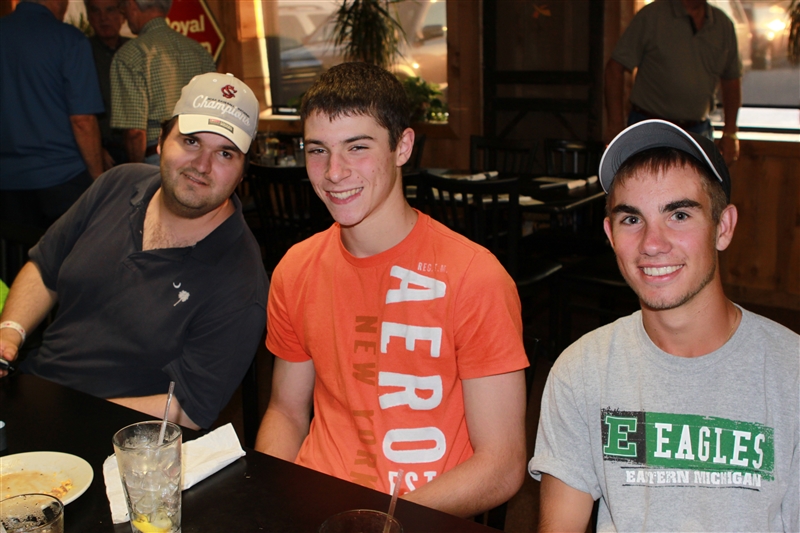 Your child has successfully completed grade school and is ready to enter their teen years in the upper grade levels. There are many changes which occur in school and the IEP or 504 plans will also need to be changed to better accommodate your child. The following are some ideas to help you get started. Please remember that you know your child’s needs best and these are just some suggestions.
Your child has successfully completed grade school and is ready to enter their teen years in the upper grade levels. There are many changes which occur in school and the IEP or 504 plans will also need to be changed to better accommodate your child. The following are some ideas to help you get started. Please remember that you know your child’s needs best and these are just some suggestions.
- No longer will they stay in the same classroom throughout the day. Hallways become extremely crowded during passing time so you may want your child allowed extra time to get to each class.
- Request a middle or top locker, since squatting to use a lower locker may be difficult. If the campus is large, request a second locker. Just remember which locker you’re using for each class!
- Books are carried back and forth to each class and carrying the backpack can be an extra burden for them. Keep a book in the classroom and an extra set of books at home. Keep an extra supplies in each classroom.
- Use a single binder and separate with tabs for each subject. If teachers want binders turned in for a binder check, simply pull out that section, insert into a new binder, and turn it in to teacher. Or, keep a binder in each classroom with a pencil pouch and a pocket folder inside the binder. If the student needs to take something home, she can place it in the folder and just take the folder home.
- Many notes are taken; some children may need to use a tape recorder or have notes copied from a fellow student or the teacher.
- Gym class may become a great obstacle. Some students with hemiplegia are excused because of a doctor’s note, others will do reports on sports, and some have been allowed to use their PT or OT as their requirement for gym.
- Have your child’s class schedule changed to meet their needs. Place the difficult classes in the morning if you’re an early riser and later in the day if you are groggy from morning medications. If stairs are involved you may want the day split in two–mornings downstairs, afternoons upstairs so they are not walking up and down stairs throughout the day. Schedule a study hall in the middle of the day.
 Tests become harder and harder. Your child may need extra time; some may need the test read to them. Some tests use bubble sheets, have them just circle the answers and have someone else transfer the answers for them.
Tests become harder and harder. Your child may need extra time; some may need the test read to them. Some tests use bubble sheets, have them just circle the answers and have someone else transfer the answers for them.- No longer do you deal with just one or two teachers. At the beginning of the school year meet with the teachers. Send a letter to each individual teacher explaining your child’s hemiplegia, include in the letter a summary of what is written in the IEP or 504.
- Middle School can be a huge adjustment. Your child may experience some teasing at school; watch for any changes in your child, they may not be willing to share with you what is happening. Get to know your child’s counselor, so if this does happen, they are able to help your child deal with this issue.
- Transitioning is another new service you will learn about. This should start at the age of 14. The purpose of starting transition services is to help your teenager begin to prepare for the future.
- High School (sometimes Middle School) is an excellent time to start having your child attend IEP/504 meetings. This will allow them to start to learn how to advocate for themselves and understand the process involved.
- Even though your child is becoming a young adult there are still many instances where they may need intervention by parents. Allow them to be a part of it, listen to their suggestions and what they feel they need. Maybe they will even advocate for themselves!!
There are many education links on the website which will help you with the IEP, 504, and transition services. Refer to these for further information.
College Tips
- If commuting to college, use a rolling business bag or back pack if books and laptop are heavy.
- If living on campus or only one class, usually a notebook tucked into a small backpack or even a purse will work. Keep binder in dorm and hold punch any handouts or printed papers and insert into binder.
- Choose a post office box that is at middle or top, since squatting to reach a lower box may be difficult.







